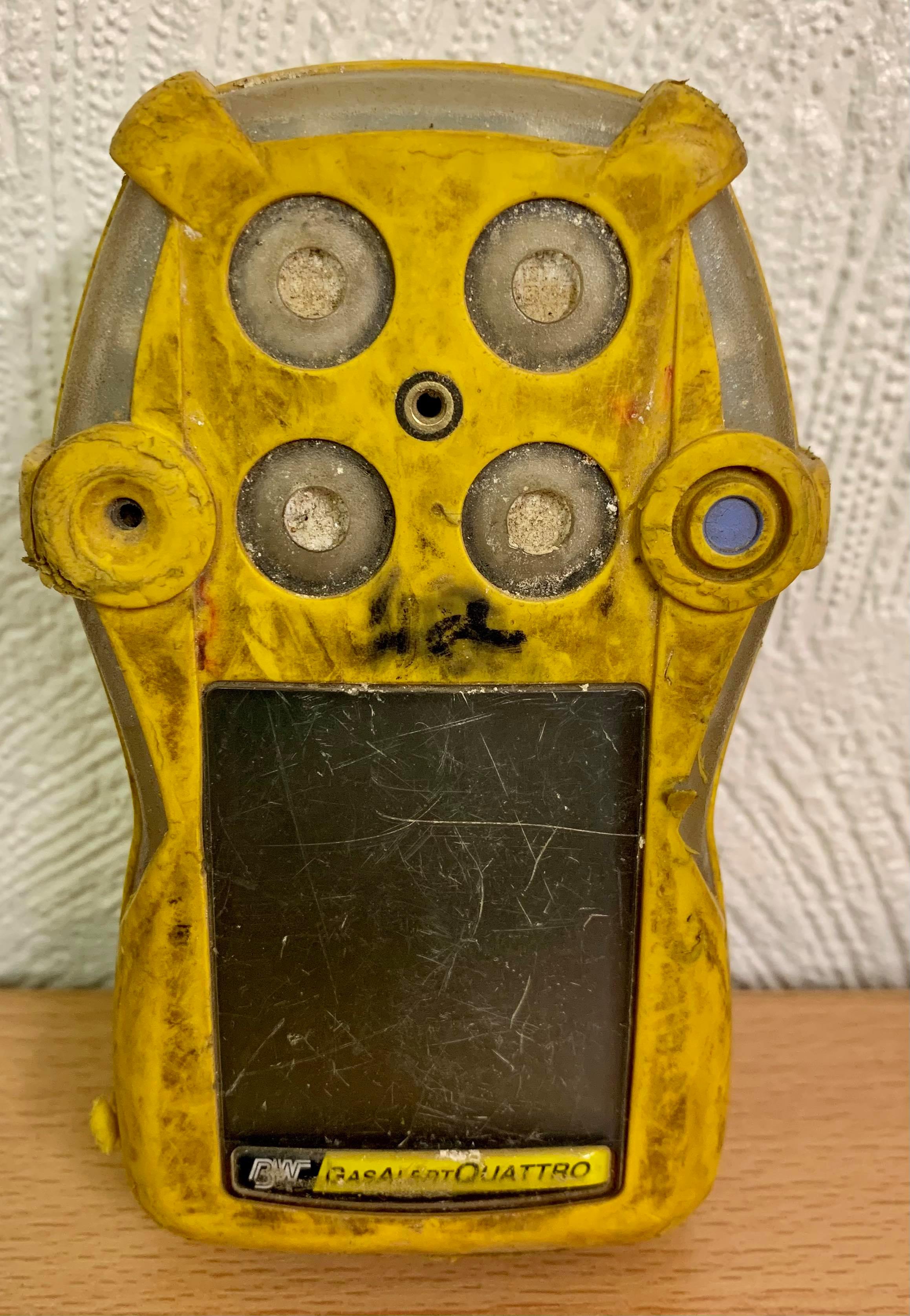Bump Testing’: why and how you need to do it
All companies have a responsibility to make sure that the place they ask staff to work in is safe, and in so doing, make sure their business is safeguarded against unthinkable situations involving hazardous gases. In everyday life, we wouldn’t neglect our household smoke alarms, so ‘bump testing’ workplace gas detectors is every bit as important.
Why is it necessary?
If your gas detector is good quality and it has been calibrated on a regular basis, you might wonder why you need to bump test it regularly. Well, your gas detector has been made to withstand harsh environments, but precisely because of that harsh environment they’re often dropped, exposed to extreme temperatures, moisture, dust or sludge. All of these can affect performance or clog filters.

How does it work?
For toxic and combustible sensors, the typical output in clean air is zero, whether reading in parts per million (PPM), percent of lower explosive limit (LEL), or per cent by volume. The main exception to this (as per our previous article) is an oxygen sensor, which should read at 20.9%.
Bump testing a standard four-gas instrument will drive up the gas reading on toxic and combustible sensors, while driving the reading for oxygen down. Toxic and combustible sensors will always read zero, whether they are functioning or not. The only way to really know how they’re performing is to perform a bump test.
How do I go about it?
The only real way to know that your detector is reliable is to carry out a bump test before using it each time. You can do this with an automated system like the Microdock II or Intellidox test stations – both provided by EGM. You can also carry out a manual test using a cylinder of test gas and a regulator.
How you choose to go about bump testing depends on the size of your company and, of course, on your budget. If you’re a larger company, you may choose an automatic test station at a higher cost, or if you’re smaller, a cheaper manual system may be the best option.
If you’re not sure what to choose, we’ve outlined the pros and cons to help you with your decision:
Automatic Test Station
+ Fully traceable results and records
+ Very easy to use, one button operation
+ Easy to read: red for fail, green for pass
+ Equipment pays for itself, as units auto-calibrate monitors
- High initial outlay costs
Manual system
+ Low cost
- No real traceability, unless manual records kept
- Can be clunky to use and reliant on operator’s diligence
Legislation and Training
The legislation surrounding bump testing is very vague. There is no law requiring mandatory bump testing, but most manufacturers advise it. Legislation around gas detection systems simply states that it must be used and maintained in line with manufacturers’ instructions.
Another challenge of bump testing gas detectors is good training. It can be really difficult for safety managers to find the time to train users, and workers don’t often have time to train each other. Luckily, gas detection companies will offer a wide array of training resources, and trainers can travel to your location. There are also videos, articles and other resources online to help you learn how to use your gas detectors safely and effectively.
It really can save lives…
It’s not a legal requirement to bump test your gas detectors, but it’s a serious responsibility. You should never use a gas detector without checking that it’s functioning properly. With the right equipment, training and repetition, bump testing will become as easy and routine as using a seat belt in your car.
At EGM we’re always here to help. If you need any advice, or a free site visit from one of our expert engineers, please get in touch